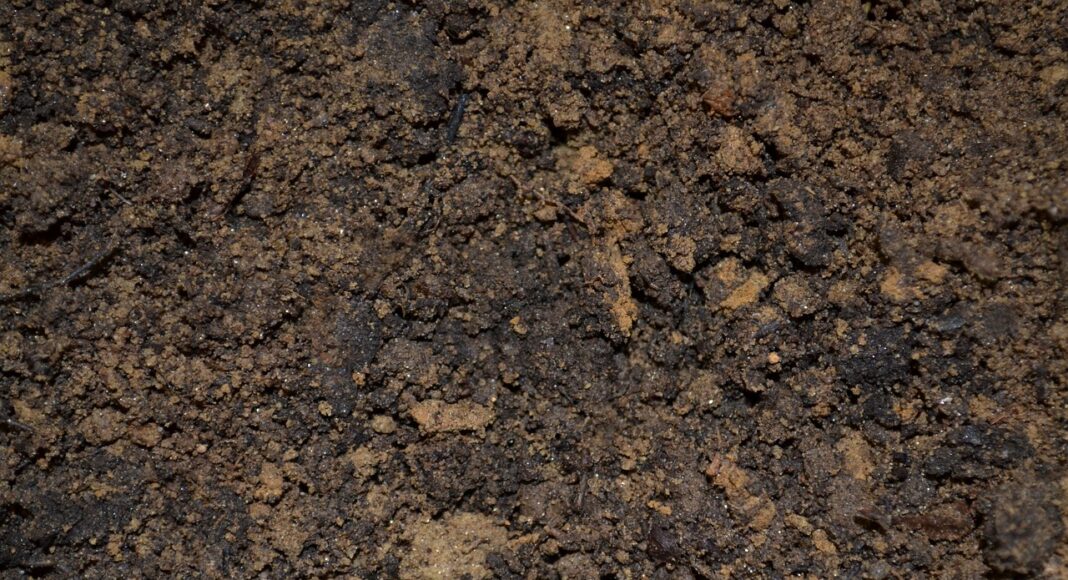There’s a lot of talk these days about soil quality and soil health. People often think they’re one and the same. They’re not, and knowing the difference can make all the difference.
Soil quality involves the evaluation of various parameters such as moisture retention, aggregate stability, and the soil’s oxygen facilitation capacity. These metrics significantly influence the physical foundations of agricultural landscapes.
Soil health is different, and has to do with the relationship among soil, plants, the microbiome, and the rhizosphere. Understanding this contrast can help you boost your yields and grow a higher quality crop.
It’s essential to distinguish between soil quality and soil health, and this distinction serves two crucial purposes. First, it underscores the significance of testing and amending soil conditions in the fall. The timing of these activities is pivotal for optimal results, as the processes that follow amendments, such as mineralization and the colonization of beneficial microorganisms, require time to take effect.
By differentiating between soil quality and soil health, we highlight the need for a proactive approach in the autumn to set the stage for improved conditions in the upcoming growing season.
Secondly, the distinction serves to articulate why enhancing soil health should be a top priority for farmers. Improving soil health isn’t just a one-time endeavour but a continuous process that pays off over time. As we delve into the intricacies of soil health, the aim is to convey the long-term benefits that go beyond short-term gains, although you can expect both.
By prioritizing soil health, farmers can establish a foundation for sustainable and resilient agricultural practices, ultimately leading to better yields and superior crop quality.
Optimal Timing for Soil Nourishment
There are a few practical steps you can take to begin to enhance soil health at this time of year:
- Assess nutrient balance, implement amendments, and allow time for the soil to achieve equilibrium during the winter months.
- Lime, lime, lime. Liming is beneficial to microbe populations, which are particularly sensitive to pH levels.
- Get into cover cropping. Cover crops emerge as the unsung heroes in achieving balanced soil conditions, mineralizing nutrients, and gradually guiding the soil toward equilibrium for subsequent crops through their ability to mineralize nutrients and achieve balanced soil conditions, thereby preparing the soil for future crops.
- Consider tilling. Now, I know what you might say. Contrary to the belief that tillage harms soil health, our data suggests that strategic conservation tillage – not recreational or full tillage – can be beneficial as it allows us to incorporate lime and reduce nutrient stratification. I’m not advocating for a complete departure from no-till practices. Instead, I emphasize the need for a balanced approach, incorporating occasional tillage to address specific soil health issues and enhance overall productivity.
Stay tuned for my upcoming column, where I will provide comprehensive insights on interpreting soil test results so you can begin to really improve the health of your soil.








